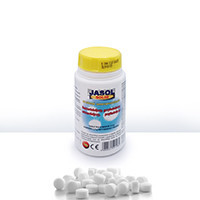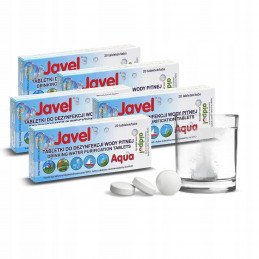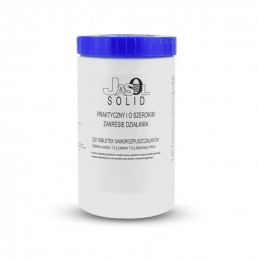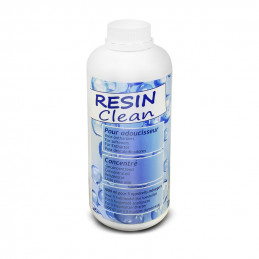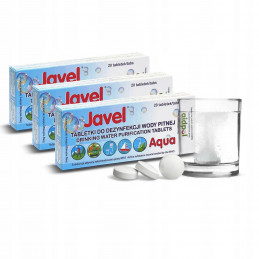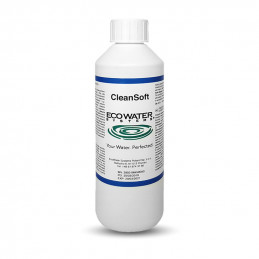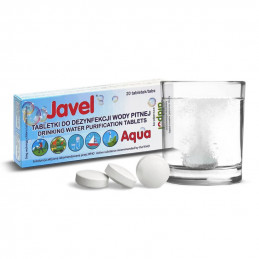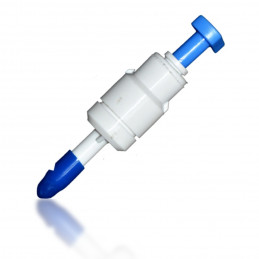- There are no more items in your cart
- Shipping
- Total zł0.00
- Bestsellers
- Hurt
- Water filters
- Whole house filters
- Kitchen filters
- Bathroom filters
- Aquarium filters
- Reverse osmosis
- Water demineralizers
- Filter cartridges
- UV bactericidal lamps
- Alkaline water ionizers
- Industrial water filters
- Accessories, parts, and others
- Descaling filters for the coffee machine
- Water softeners and iron removers
- Water saturators
- ACES
- AMBERLITE
- AQUA VITA
- AQUAFILTER
- AQUAPHOR
- AQUATOR
- BASSAU
- BERG
- BIOCERA
- BIONIQ
- BLUEFILTERS
- CHEMOFORM
- CINTROPUR
- DAFI
- DELONGHI
- DIAMOND
- DOM WODY
- ECOWATER
- FILMTEC
- FIT ALCO
- FITAQUA
- GREEN FILTER
- HANNA INSTRUMENTS
- HELIXPRO
- HELLO PURE
- HIDROTEK
- HM-DIGITAL
- HONEYWELL
- JAVEL
- KLARWOD
- KRUPS
- MIDEA
- OTOWODA
- OTTONE
- Palintest
- PENTAIR
- PHILIPS
- PLATINUM WASSER
- PUROLITE
- SIEMENS
- SUPREME
- TAB-SOL
- TOP FILTER
- UST-M
- USTM
- VONTRON
- WODARO
Porady
Disinfection of Reverse Osmosis and More
Disinfection of reverse osmosis (RO) plays a key role in ensuring safe and clean drinking water. This process is essential due to the potential contaminants that the water supply may be exposed to in the reverse osmosis system installation.
Filtruj
Price
Brand
Professional cleaning agent for ion exchange resin in water softeners.
What is reverse osmosis?
Reverse osmosis is an advanced water filtration technology that uses a semipermeable membrane to remove contaminants from drinking water. This process works by applying high pressure so that water can pass through the mentioned membrane, leaving behind most contaminants, including bacteria, viruses, mineral salts, and chemical pollutants. The result of this process is clean, healthy, completely safe water that can be consumed without any concerns.
What is disinfection?
Disinfection is a process that involves the complete elimination or reduction of harmful microorganisms, such as bacteria, viruses, fungi, and protozoa. Its primary goal is to prevent dangerous infections and the spread of infectious diseases. Disinfection is an essential element in maintaining hygiene in public, medical, industrial, and domestic settings.
Popular disinfection methods
There are many disinfection methods, each applicable depending on the type of microorganisms and the environment. The most commonly encountered methods are:
-
Chemicals – disinfection can be carried out using various chemical substances, such as chlorine, alcohol, hydrogen peroxide, acids, and phenolic compounds. The mentioned substances can be used in the form of liquids, powders, or gases.
-
Radiation – this can include both UV radiation and ionizing radiation (e.g., gamma radiation). These methods can be used to disinfect surfaces, water, and materials. Radiation kills microorganisms by damaging their genetic material, preventing them from reproducing.
-
Heat – high temperature can be an effective disinfection method. Sterilization using hot steam or an autoclave is often used in medical facilities or beauty salons to disinfect reusable tools.
-
Filtration – filters with appropriately small pore sizes can effectively remove most microorganisms from water and air, contributing to partial disinfection.
It is important to remember that a crucial aspect of disinfection is selecting the appropriate method and substance. Everything depends on the type and degree of contamination, as well as the hygiene requirements of the specific environment.
Why is disinfection of reverse osmosis necessary?
Although reverse osmosis is an effective method for removing contaminants from water, there is a risk that chemicals, viruses, bacteria, and other microorganisms may pass through the membrane or develop inside the system. For this reason, the use of disinfectants is essential to effectively protect the osmotic membrane, ensuring its long-term effectiveness.
How to disinfect a reverse osmosis filter?
When disinfecting reverse osmosis, several steps need to be taken to ensure the entire process is effective. Here’s what to do step by step:
-
Shut off the water supply to the RO filter.
-
Next, drain the water from the filter – to do this, you need to open the faucet valve.
-
Now it's time for the pre-filters and the semipermeable osmotic membrane – remove them.
-
Into the first housing of the pre-filter, drop the reverse osmosis disinfectant – tablets are a very popular choice.
-
Make sure to tightly close the housings and the RO membrane housing.
-
Now you can turn on the water supply to the osmotic filter.
-
Drain water from the faucet until an unpleasant chlorine smell appears – close the faucet after a short time and leave the RO filter for about an hour.
-
After this time, drain all the water from the filter and rinse it several times (to about 2/3 of the tank volume). Is there still a chlorine smell? If so, continue rinsing.
-
After completing the entire cleaning procedure of the reverse osmosis filter, insert new pre-filters, replace the final carbon filter, and place the semipermeable osmotic membrane back.
Remember that the above steps should accompany you each time you replace the cartridges in reverse osmosis systems.
Offer of disinfection products for osmosis available at MojaWoda.com
The current offer at MojaWoda.com includes the following products with cleaning and disinfecting properties for RO systems and more:
-
tablets for purifying water from wells (the offered product includes various quantities),
-
preparations for cleaning the resin in water softeners,
-
preparations for disinfecting water softeners,
-
tablets for disinfecting drinking water,
-
antibacterial centering discs,
-
disinfecting connectors.
We invite you to check out our full offer!
FAQ – frequently asked questions about disinfection
What is reverse osmosis?
Reverse osmosis is an advanced water filtration technology that uses a semipermeable membrane to remove contaminants from drinking water. This process relies on high pressure that pushes water through the membrane, eliminating most contaminants, including bacteria, viruses, and mineral salts.
What is disinfection and why is it important?
Disinfection is the process of eliminating or reducing harmful microorganisms, such as bacteria or viruses, to prevent the spread of infectious diseases. It is important for maintaining hygiene in public, medical, industrial, and domestic settings.
What are popular disinfection methods?
The most commonly used disinfection methods are chemical substances, UV radiation, high temperature, and filtration. Each of these methods has its application depending on the type of contaminants and the environment in which it is used.
Why is disinfection of reverse osmosis necessary?
Despite the effectiveness of reverse osmosis in removing contaminants, there is a risk of microorganisms passing through the membrane or developing in the system. Therefore, regular use of disinfectants is necessary to ensure the long-term effectiveness of the water purification process.
How to disinfect a reverse osmosis filter?
Disinfecting a reverse osmosis filter requires several steps, such as turning off the water supply, emptying the filter, applying a disinfectant, rinsing, and replacing cartridges. This procedure should be performed regularly with each cartridge replacement to ensure effective water purification.




